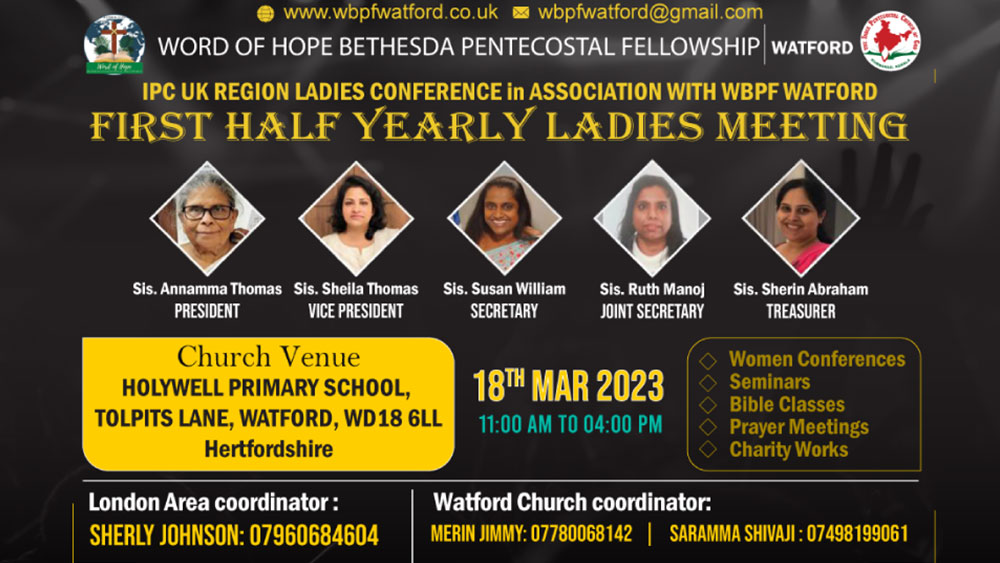Was the resurrection an amplified and distorted late history exaggeration?
- In the earliest accounts of the disciples’ activity after the crucifixion, they are seen citing the resurrection of Jesus as their primary piece of evidence that Jesus was God. From the earliest days of the Christian movement, eyewitnesses were making this claim.
2. The students of the disciples also recorded that the resurrection was a key component of the disciples’ eyewitness testimony.
3. The earliest known Christian creed (oral record/ statement of faith), as described by Paul in 1 Cor. 15:3,4 has been dated as early as 35 A.D., and this includes the resurrection as a key component.
4. This explanation also fails to account for the fact that the tomb and body of Jesus have not been exposed to demonstrate that this late legend was false.
Was resurrection a conspiracy successfully concocted by the apostles?
(Adapted from the book “Cold Case Christianity” by J.Warner Wallace)
To answer this question, let’s see 5 characteristics successful conspiracies have:
1. A SMALL NUMBER OF CONSPIRATORS
The smaller the number of conspirators, the more likely the conspiracy will be a success. This is easy to understand: lies are difficult to maintain, and the fewer the number of people who have to continue the lie, the better.
2. THOROUGH AND IMMEDIATE COMMUNICATION
This is key. When conspirators are unable to determine if their partners in crime have already given up the truth, they are far more likely to say something in an effort to save themselves from punishment. Without adequate and immediate communication, coconspirators simply cannot separate lies from the truth; they are easily deceived by investigators who can pit one conspirator against another.
3. A SHORT TIME SPAN
Lies are hard enough to tell once, they are even more difficult to repeat consistently over a long period of time. For this reason, the shorter the conspiracy, the better. The ideal conspiracy would involve only two conspirators, and one of the co-conspirators would kill the other right after the crime. That’s a conspiracy that would be awfully hard to break!
4. SIGNIFICANT RELATIONAL CONNECTIONS
When all the co-conspirators are connected relationally in deep and meaningful ways, it’s much harder to convince one of them to give up the other.
5. LITTLE OR NO PRESSURE
Few suspects confess to the truth until they recognize the jeopardy of failing to do so. Unless pressured to confess, conspirators will continue lying. Pressure does not have to be physical nature. When suspects fear incarceration or condemnation from their peers, they often respond in an effort to save face or save their own skin. This is multiplied as the number of co-conspirators increases. The greater the pressure on co-conspirators, the more likely the conspiracy is to fail.
The number of conspirators required to successfully accomplish the Christian conspiracy would have been staggering. The book of Acts tells us that there were as many as 120 eye- witnesses in the upper room following Jesus’s ascension (Acts 1:15).
Let’s assume for a minute that this number is a gross exaggeration; let’s work with a much smaller number to illustrate our point. Let’s limit our discussion to the twelve apostles (adding Matthias as Judas’s replacement). This number is already prohibitively large from a conspiratorial perspective, because none of the other characteristics of successful conspiracies existed for the twelve apostles.
The apostles had little or no effective way to communicate with one another in a quick or thorough manner. Following their dispersion from Jerusalem, the twelve disciples were scattered across the Roman Empire and, according to the most ancient accounts, were ultimately interrogated and martyred far from one another.
Methods of communication in the first century were painfully slow, and the apostles were separated by far more than a hallway. From Peter in Rome, to James in Jerusalem, to Thomas in Mylapore, the apostles appear to have been ultimately interrogated in locations that prevented them from communicating with one another in a timely manner. They had no idea if any of their co-conspirators had already “given up the lie and saved themselves by simply confessing that Jesus was never resurrected. While skeptics sometimes claim that these recorded locations of martyrdom are unreliable because they are part of a biased Christian account, there isn’t a single non-Christian record that contradicts the claims of martyrdom offered by the communities and historians. In addition, the apostles would have been required to protect their conspiratorial lies for an incredibly long time. The apostle John appears to have lived the longest, surviving nearly sixty years after the resurrection, meaning the apostles allegedly kept theirs intact for many decades.
To make matters worse, many of them were complete strangers to one another their time together as disciples of Jesus. Some were indeed brothers, but many were over the course of Jesus’s early ministry and came from diverse backgrounds, community and families. While there were certainly pairs of family members in the group of eyewitnesses, many had no relationship to each other at all. Philip, Bartholomew, Simon the Canaanite, and Matthias had no family relationship with any of the other apostles. Whatever the relational connection between these men, the short years they spent together would quickly pale in comparison to the decades they would spend apart from one an prior to the time of their final interrogations. At some point, the bonds of friendship and community would be tested if their individual lives were placed in jeopardy.
Successful conspiracies are unpressured conspiracies. The apostles, on the other hand, aggressively persecuted as they were scattered from Italy to India. According to the records and accounts of the local communities, each of them suffered an unimaginable physical duress and died a martyr’s death. Ancient writers recorded that Peter was crucified upside-down Rome; James was killed with the sword in Jerusalem. Each story of martyrdom is more gruesome than the prior as we examine the list of apostolic deaths.
-Andrew was crucified in Patras, Greece. -Bartholomew (aka Nathanael) was flayed to death with a whip in Armenia.
-James the Just was thrown from the temple and then beaten to death in Jerusalem. James the Greater was beheaded in Jerusalem.
-Luke was hanged in Greece.
-Mark was dragged by horse until he died in Alexandria, Egypt.
-Matthew was killed by a sword in Ethiopia.
-Matthias was stoned and then beheaded in Jerusalem.
-Peter was crucified upside down in Rome. -Philip was crucified in Phrygia
-Thomas was stabbed to death with a spear in India.
This pressure was great, yet none of the Twelve recanted their claims related to the resurrection. Not one.
I can’t imagine a less favourable set of circumstances for a successful conspiracy than those that the twelve apostles faced. Multiply the problem by ten to account for the 120 disciples in the room (Acts 1:15), or by forty to account for the five hundred eyewitnesses described by Paul (1 Cor. 15:6), and the odds seem even more prohibitive. None of these eyewitnesses ever recanted, none was ever trotted out by the enemies of Christianity in an effort to expose the Christian lie.
The most reasonable conclusion is that these apostles were simply eyewitnesses who were telling the truth.
MARTYRDOM ISN’T ALWAYS A PROOF
The hijackers who flew the planes into the Twin Towers, for example, considered themselves to be religious martyrs. Does this martyrdom testify to the truth of their beliefs in a manner similar to the martyrdom of the twelve apostles?
No, there is an important distinction that needs to be made here. You and I might die for what we believe today, trusting in the testimony of those who were witnesses thousands of years ago. We were not there to see Jesus for ourselves, but we may believe that we have good reason to accept their testimony. Our martyrdom would therefore be a demonstration of this trust, rather than a confirmation of the truth.
The original eyewitnesses, however, were in a very different position. They knew first-hand if their claims were true or not. They didn’t trust someone else for their testimony, they were making first-hand assertion. The martyrdom of these original eyewitnesses is in a completely different category from the martyrdom of those who might follow them.
If their claims were a lie, they would know it personally, unlike those who were martyred in the centuries that followed. While it’s reasonable to believe that you and I might die for what we mistakenly thought was true, it is unreasonable to believe that these men died for what they definitely knew to be untrue.
Conclusion
Even if we doubted 2,000-year-old evidence, we have all the circumstantial evidence we could possibly want-right in front of us. It is, “the ongoing encounter with the resurrected Christ that happens all over the world, in every culture, to people from all kinds of backgrounds and personalities. They all will testify that more than any single thing in their lives, Jesus Christ has changed them.”
After carefully examining all the evidence, one can only come to the singular conclusion that Jesus did indeed rose from the dead and that He now lives to be our Lord and Saviour (Revelation 1:18).
And let me emphasize that the resurrection of Christ is not just an Easter-time phenomenon to be celebrated in song and service. Rather, it is a truth that should daily fill us with eternal hope.
Not only did the resurrection of Christ transform the disciples from cowards to lions of the faith, but His resurrection still continues to transform lives today. Because Christ lives, the Scripture says, we will live also. Indeed, in an instant, in the twinkling of an eye, we shall be transformed into physical resurrected bodies like unto His resurrected body.
************************************************************************************************
References:
1. Cold Case Christianity – Jim Warner Wallace
2. The Case for Resurrection of Jesus: Gary Habermas and Mike Licona
3. School of Biblical Evangelism: Ray Comfort
4. Presentation on Creeds: Gary Habermas



